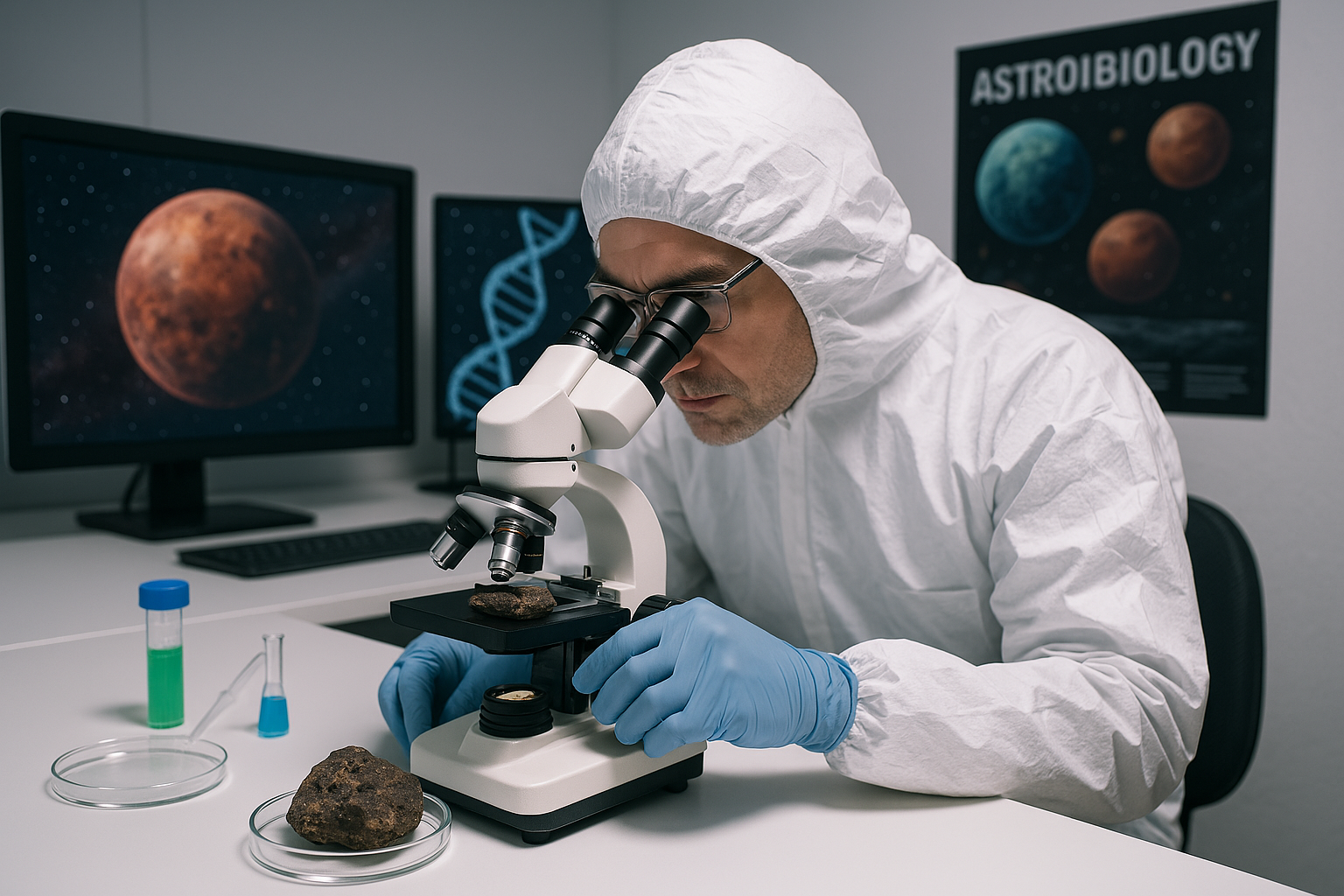The countdown is on! On June 22, 2025, the world’s eyes will turn to Florida’s Kennedy Space Center as the Axiom Mission 4 (Ax-4) prepares to launch, marking a thrilling chapter in space exploration. This isn’t just another trip to the International Space Station (ISS) it’s a groundbreaking collaboration between NASA, the Indian Space Research Organisation (ISRO), and SpaceX, bringing together astronauts from India, Poland, and Hungary for their countries’ first government-sponsored missions in decades. After a series of delays due to technical hiccups and ISS repairs, the mission is finally slated to lift off at 3:42 a.m. EDT (1:12 p.m. IST). Let’s dive into what makes this mission special, the challenges it faced, and what the crew hopes to achieve during their two-week stay aboard the orbiting lab.
A Mission Born from Global Partnership
Axiom Mission 4 is the brainchild of Axiom Space, a private company pushing the boundaries of commercial spaceflight. Partnering with NASA and SpaceX, this mission showcases how public and private sectors can team up to make space more accessible. But what sets Ax-4 apart is its international flavor. For the first time, astronauts from India, Poland, and Hungary will join the ISS crew, fulfilling a promise made by global leaders to expand space exploration beyond traditional powers.
Leading the charge is Peggy Whitson, a veteran NASA astronaut and now Axiom’s director of human spaceflight. With over 665 days in space across three missions, Whitson brings a wealth of experience as the mission commander. Piloting the spacecraft will be Shubhanshu Shukla, an Indian Air Force pilot selected by ISRO for this historic role. Joining them are Sławosz Uznański-Wiśniewski, a Polish scientist and ESA project astronaut, and Tibor Kapu, a Hungarian mechanical engineer representing his country’s space ambitions. Together, they embody a diverse crew united by a common goal: advancing science and inspiring the next generation.
This mission builds on a long-standing partnership between NASA and ISRO, strengthened by a 2023 commitment from U.S. President Donald Trump and Indian Prime Minister Narendra Modi to send an Indian astronaut to the ISS. While ISRO’s Gaganyaan program aims to launch India’s own crewed mission, Ax-4 offers a sneak peek at India’s space prowess, with Shukla conducting experiments tied to future exploration.
The Journey to Launch: Overcoming Obstacles
The road to June 22 hasn’t been smooth. The mission, originally slated for May 29, faced multiple setbacks. First, a liquid oxygen leak in SpaceX’s Falcon 9 rocket during a pre-launch test forced a delay to June 10. SpaceX’s team worked tirelessly to fix the issue, completing a successful “wet dress rehearsal” by June 12, but the launch window kept shifting.
Then came a bigger hurdle: a potential pressure leak in the ISS’s Zvezda service module, a Russian segment that’s had issues since 2019. Cosmonauts recently sealed some areas, and while pressure stabilized, NASA needed extra time to ensure safety. This led to the latest postponement, with June 22 emerging as the new target date after careful evaluation. The delays tested everyone’s patience, but they also highlight the meticulous planning required for space travel.
The launch will use SpaceX’s Falcon 9 rocket and a brand-new Crew Dragon spacecraft, C213, marking its maiden voyage. Liftoff is set for Launch Complex 39A, a site with a rich history of Apollo and shuttle missions. If all goes well, the crew will dock with the ISS around 12:30 p.m. EDT on June 23, kicking off a busy two-week stay.
What’s on the Agenda?
Once aboard the ISS, the Ax-4 crew will hit the ground running or rather, the zero-gravity floor with over 60 science experiments and STEM outreach events. This mission carries more research than any previous Axiom flight, reflecting its global significance.
Shukla, as ISRO’s representative, will lead several Indian experiments. One focuses on how microgravity affects crop seeds, growing them for multiple generations to study genetic changes and nutritional value. This could pave the way for growing food in space, a must for long missions to Mars. Another experiment explores cyanobacteria—bacteria that photosynthesize testing their growth in space for potential use in life support systems. A third looks at muscle atrophy, investigating how supplements might help astronauts stay strong in zero gravity.
Uznański-Wiśniewski, with his ESA training, will conduct experiments in the Columbus module, including studies on cognitive effects of screen use in space. Kapu, Hungary’s first astronaut since the Soviet era, will bring his engineering expertise to projects developed by the Hungarian Space Office, though details are still emerging. Whitson, meanwhile, will oversee the mission while contributing to research and mentoring the team.
Beyond science, the crew will engage in outreach, connecting with students via live streams to spark interest in STEM careers. This educational push is a big part of Axiom’s mission to make space relatable to people worldwide.
The Human Side of Space Exploration
Behind the technical details are four individuals with unique stories. Shukla, a decorated pilot, trained at facilities in India and the U.S., preparing for experiments that could shape India’s space future. Uznański-Wiśniewski, selected from 22,500 ESA applicants, honed his skills in Europe and Japan, blending science with a passion for exploration. Kapu, a skydiving enthusiast, beat out 247 Hungarian candidates, turning his engineering background into a cosmic adventure. And Whitson, a spaceflight legend, returns to orbit with a mission to inspire.
These astronauts aren’t just scientists or pilots they’re ambassadors for their countries. For India, this is a proud moment, building on Rakesh Sharma’s 1984 flight. For Poland and Hungary, it’s a return to human spaceflight after decades, fueled by national pride and international collaboration.
Challenges and Risks Ahead
No space mission is without risks. The Falcon 9’s liquid oxygen leak, though fixed, reminds us how delicate rocket systems are. The Zvezda module’s leak history adds another layer of uncertainty, with NASA monitoring it closely. If pressure issues resurface, the mission could face further delays. Weather is also a factor—Florida’s summer storms could push the launch to a backup window.
Once in space, the crew will face the physical toll of microgravity muscle loss, bone density decline, and radiation exposure. Their experiments aim to tackle these challenges, but living in a confined space for two weeks will test their resilience. Still, with Whitson’s experience and the team’s training, they’re well-prepared to handle whatever comes their way.
What This Means for the Future
Ax-4 is more than a mission, it’s a sign of things to come. Commercial spaceflight is growing, with companies like Axiom and SpaceX leading the charge. This mission proves private firms can handle complex operations, opening doors for more nations to join the space race. For ISRO, it’s a stepping stone to Gaganyaan, while Poland and Hungary gain a foothold in orbit.
The focus on sustainable life support and human health in space hints at bigger goals: Mars missions, lunar bases, and beyond. As Earth’s population grows, space could become a new frontier for resources and living space. Ax-4’s experiments are small steps toward that vision, showing how international teamwork can solve big problems.
Watching History Unfold
If you’re eager to witness this launch, NASA will stream it live on NASA+ starting at 3 a.m. EDT (12:30 p.m. IST), with coverage of docking on June 23. Follow @space_station on X or check NASA’s website for updates. The crew’s return, expected around July 6, will cap a mission that could redefine space exploration.
As June 22 approaches, the excitement is palpable. This isn’t just about rockets and science—it’s about people from different corners of the world coming together to push humanity forward. Whether you’re a space geek or just curious, Ax-4 offers a front-row seat to a historic leap. Let’s hope the weather cooperates and the stars align for a successful liftoff!



